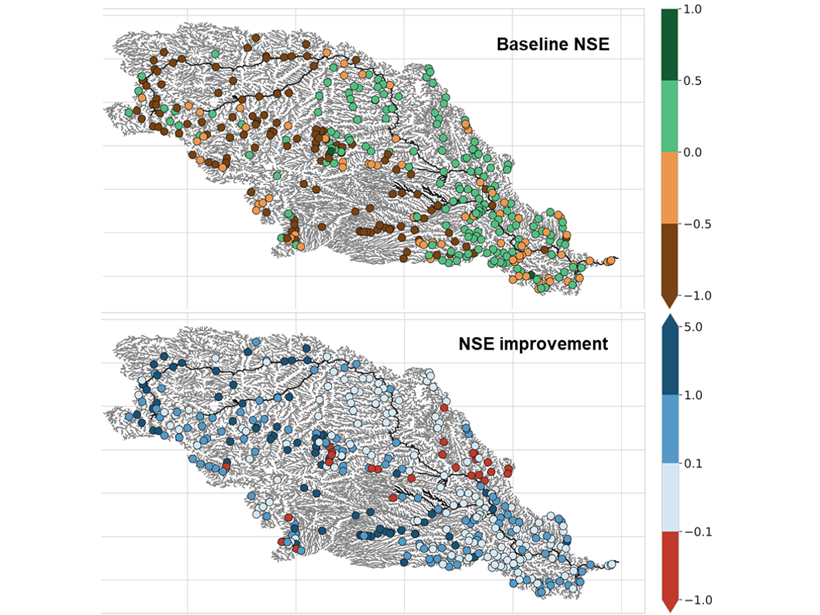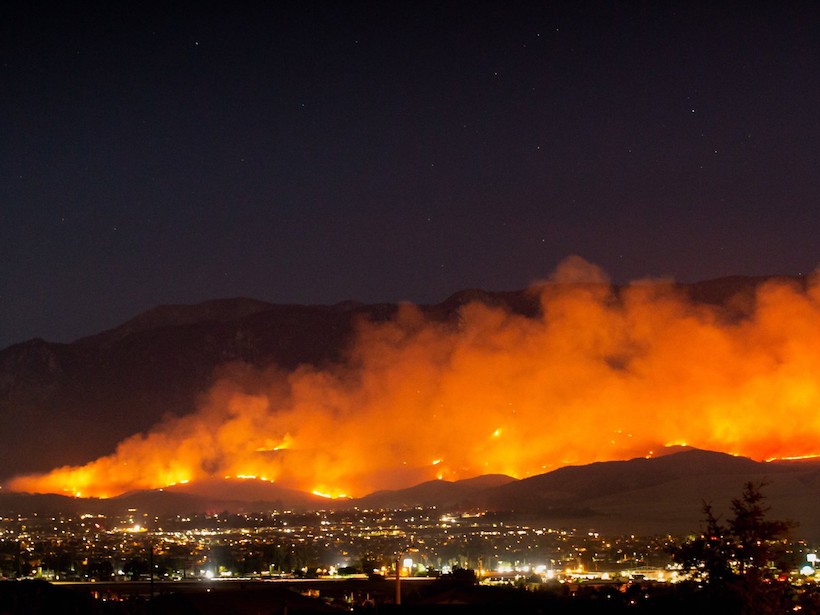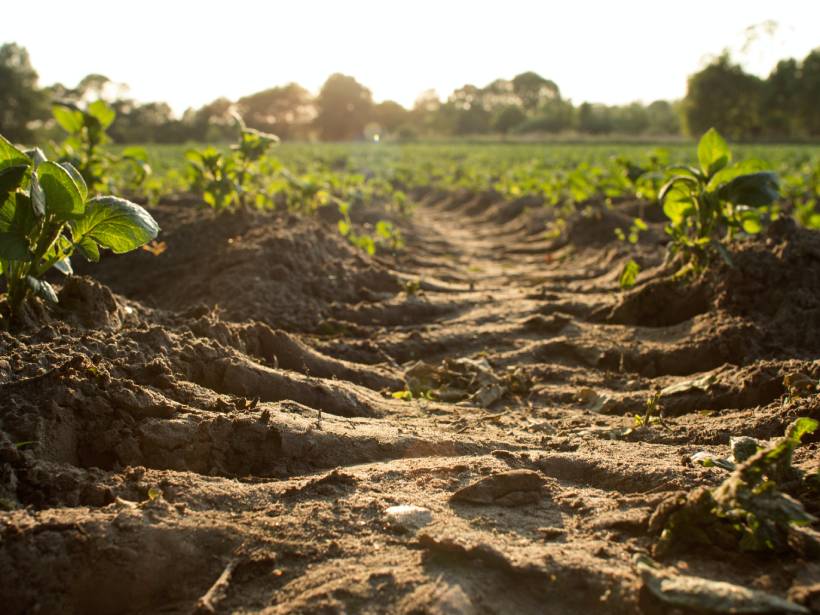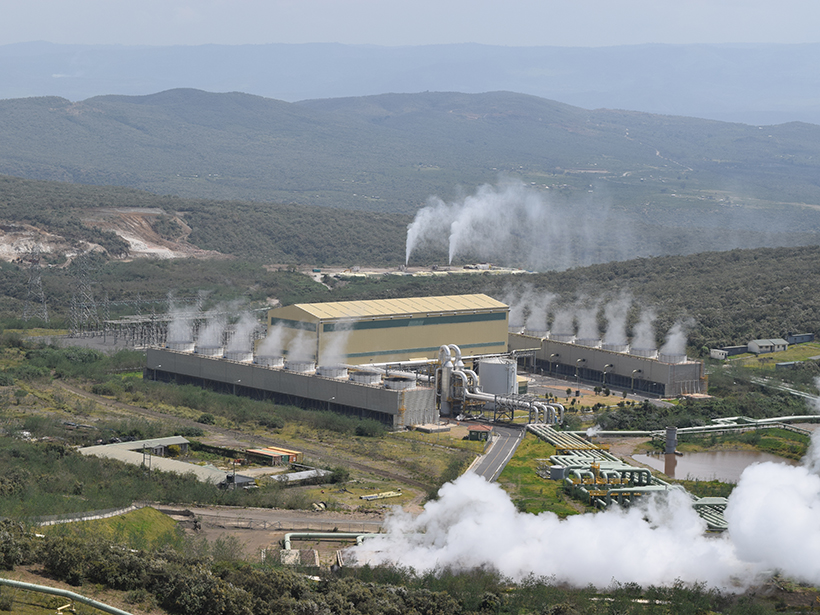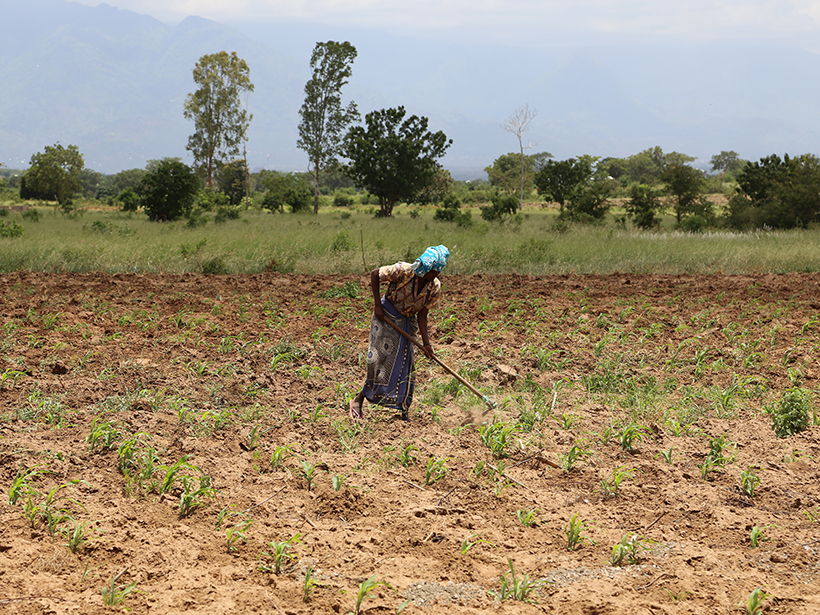A clever combination of hydrologic modelling and discharge estimates from the Landsat satellite provides good discharge estimates throughout the Missouri river basin.
remote sensing
An Observational Gap at the Edge of Space
Ongoing climate change in Earth’s middle and upper atmosphere will affect the rapidly expanding space and telecommunications sectors. Maintaining observations of this region is more crucial than ever.
Uncovering Patterns in California’s Blazing Wildfires
A study of trends in wildfire occurrence over the past 30 years shows that environmental, climatic, and human-related factors can point out regions with high fire probabilities.
Advances in Satellite Data for Wildfire Smoke Forecasting
Observations from the newest geostationary Earth-observing satellites are offering valuable views of fire progression and smoke plume development and helping simulate impacts from large wildfires.
A Global Look at Surface Soil Organic Carbon
Soil organic carbon is an important element of ecosystem and climate health. Remote sensing can now give scientists a global look at this important piece of the carbon puzzle.
Devastation of Hurricane Maria to Puerto Rican Landscape
The destructive winds and rain of Hurricane Maria in 2017 caused a dramatic transformation to Puerto Rico’s landscape and altered the characteristics of land-air interaction.
Geoscientific Monitoring of Olkaria’s Geothermal Motor
In situ geophysical measurements from Kenya’s Olkaria geothermal field, integrated with remote sensing and meteorological data, shed light on subsurface energy transport to and from the surface.
Sowing Seeds of Food Security in Africa
An innovative program focused on collaboration and capacity building is looking to improve outcomes for smallholder farmers, reduce hunger, and alleviate food insecurity in sub-Saharan Africa.
Using Earthquake Forensics to Study Subduction from Space
Researchers combined satellite geodetic measurements of surface motion with a new geophysical data inversion method to probe the Chilean subduction zone in the wake of the 2010 Maule earthquake.
Keeping a Close Eye on the Ocean—from Afar
Remote sensing technology proves effective in monitoring key regions of the world’s oceans, where upwelling and other essential ecosystem services occur.

